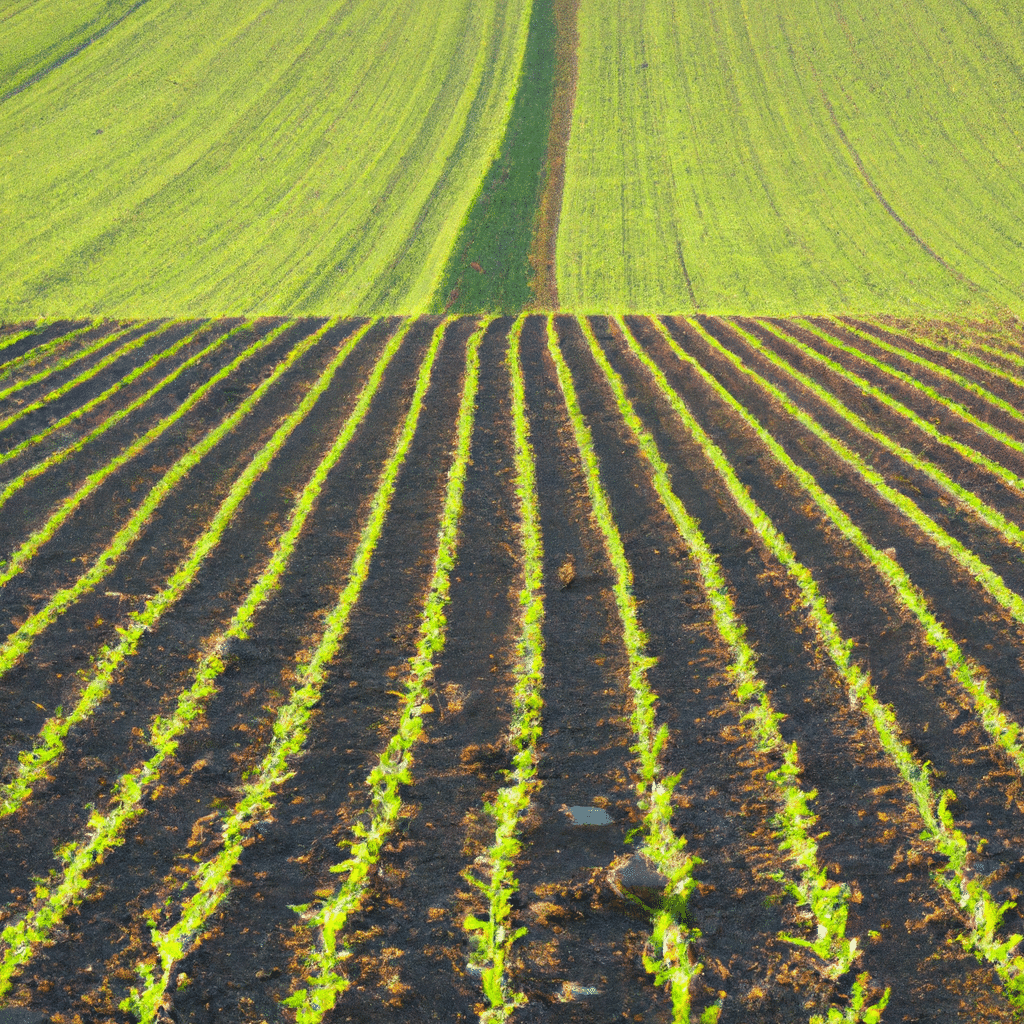In the world of agriculture, one practice stands out as a game-changer for farmers and gardeners alike. Crop rotation, the strategic process of alternating crops in a specific sequence on the same piece of land, has been used for centuries to promote soil health, control pests and diseases, and optimize crop yields. In this comprehensive guide, we will delve into the fascinating world of crop rotation, exploring its benefits, strategies, and techniques that can help you achieve bountiful harvests year after year.

The Importance of Crop Rotation
Crop rotation is an essential agricultural technique that helps break the cycle of pests and diseases, improves soil fertility, and reduces reliance on chemical inputs. By rotating crops, farmers can disrupt the life cycles of pests and pathogens that target specific plant species, reducing their populations and preventing outbreaks. Moreover, different crops have varying nutrient requirements, and by rotating crops, farmers can ensure that the soil is not depleted of specific nutrients, leading to more balanced and fertile soil.
Planning Your Crop Rotation
Before embarking on a crop rotation plan, it is crucial to understand the specific needs and characteristics of the crops you intend to grow. Consider factors such as growth habits, nutrient requirements, pest and disease susceptibility, and whether they are classified as heavy or light feeders. Armed with this knowledge, you can begin designing a crop rotation plan that maximizes the benefits and minimizes the risks.
Step 1: Mapping Out Your Growing Area
To start, create a map of your growing area, outlining the different sections or beds that you will be using for planting. This will help you visualize the layout and better plan your crop rotation sequence. Take note of any existing pest or disease issues in each section, as this will influence your crop selection.
Step 2: Determining Crop Families
Next, categorize your crops into families based on their botanical relationships. This is crucial as plants within the same family often share similar pest and disease vulnerabilities. By avoiding planting crops from the same family in consecutive years, you can minimize the risk of persistent pest and disease problems.
Step 3: Defining Crop Groups
Within each crop family, group crops together based on their nutrient requirements and growth habits. Some crops are heavy feeders, requiring ample amounts of specific nutrients, while others are light feeders, needing minimal fertilization. By grouping crops together, you can ensure that the soil is replenished adequately without overtaxing specific nutrients.
Step 4: Rotating Your Crops
Now that you have categorized your crops into families and groups, it’s time to create a rotation plan. Start by selecting a primary crop for each section or bed. This crop should be followed by a crop from a different family that has different nutrient requirements. Aim to rotate crops so that heavy feeders are followed by light feeders and vice versa. Additionally, consider incorporating cover crops into your rotation plan to further enhance soil health and fertility.
Examples of Crop Rotation Sequences
While there is no one-size-fits-all crop rotation plan, here are a few examples to help you visualize how the process works:
Example 1: Four-Year Rotation Plan
- Year 1: Legumes (e.g. peas, beans) – Nitrogen-fixing crops that enrich the soil with nitrogen.
- Year 2: Brassicas (e.g. broccoli, cabbage) – Heavy feeders that benefit from the nitrogen-rich soil left by the legumes.
- Year 3: Roots (e.g. carrots, beets) – Light feeders that help break up compacted soil and extract nutrients from deeper layers.
- Year 4: Solanaceae (e.g. tomatoes, peppers) – Relatively heavy feeders that follow the roots, utilizing the enriched soil and providing high yields.
Example 2: Three-Year Rotation Plan
- Year 1: Cereals (e.g. corn, wheat) – Deep-rooted crops that help improve soil structure and break up compacted soil.
- Year 2: Legumes (e.g. soybeans, lentils) – Nitrogen-fixing crops that replenish nitrogen levels in the soil.
- Year 3: Brassicas (e.g. kale, radishes) – Deep-rooted crops that scavenge nutrients from the lower soil layers and improve soil structure.
These are just a few examples, and the possibilities are endless. The key is to tailor your crop rotation plan to suit your specific needs and conditions.
Benefits of Crop Rotation
Crop rotation offers a multitude of benefits that can significantly impact your agricultural endeavors. Let’s explore some of the key advantages:
- Pest and Disease Management: By interrupting the lifecycle of pests and pathogens, crop rotation reduces the risk of infestations and disease outbreaks, ultimately minimizing the need for chemical interventions.
- Improved Soil Health: Different crops have varying root structures and nutrient requirements. Crop rotation helps break up compacted soil, improves soil structure, enhances nutrient availability, and promotes beneficial microbial activity.
- Nutrient Management: By alternating crops with different nutrient requirements, crop rotation ensures a more balanced nutrient profile in the soil, reducing the risk of nutrient deficiencies and excessive fertilization.
- Weed Suppression: Some crops, such as cover crops, have the ability to suppress weed growth, reducing competition for resources and minimizing the need for herbicides.
- Increased Yield and Quality: Proper crop rotation can lead to higher yields and improved crop quality due to improved soil health, reduced pest and disease pressure, and optimal nutrient availability.
Conclusion
In conclusion, crop rotation is a fascinating and effective technique that can transform your agricultural practices. By strategically planning your crop rotation, considering factors such as crop families, nutrient requirements, and growth habits, you can optimize soil health, control pests and diseases, and maximize crop yields. Embrace the power of crop rotation and unlock the potential of your land, achieving sustainable and bountiful harvests for years to come.
Remember, the beauty of crop rotation lies in its adaptability. Experiment, learn from your experiences, and fine-tune your rotation plan to suit your unique needs. With each passing season, you will witness the remarkable benefits of this time-honored agricultural practice. Happy rotating!



